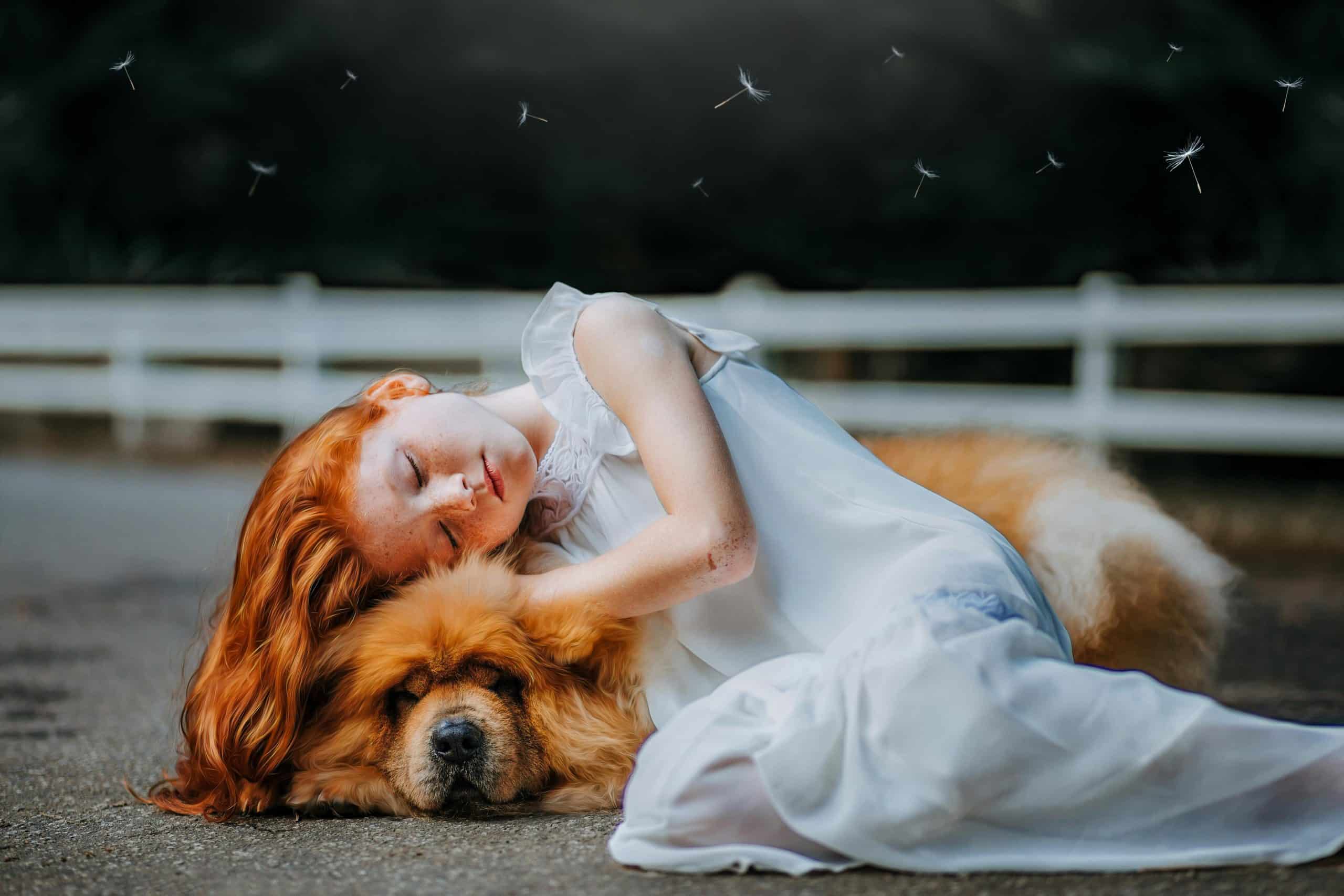When it comes to raising a family pet, the process can often mirror the experience of raising a child. Both require time, patience, and consistent behavior modeling. One of the most essential skills to teach your pet is respectful play with children. But how do you accomplish this? Here are some valuable tips to guide you through this process.
Teach Your Pet Basic Commands
The foundation of teaching your pet respectful play with children is training them in basic commands. This not only ensures the safety of your children but also helps your pet understand the boundaries of acceptable behavior.
Lire également : What Are the Best Strategies for Reducing Anxiety in Pets During Holiday Fireworks?
Training should start as soon as your pet is old enough to comprehend commands. Simple commands like "sit", "stay", and "leave it" can be beneficial in controlling their behavior during playtime. Use positive reinforcement methods such as treats, praises, or petting to reward your pet when they obey these commands. Remember, patience is key here. Don’t expect your pet to master these commands overnight. It may take weeks, or even months, but rest assured, all your efforts will pay off eventually.
Supervise Play Time
The playtime between your pet and children should always be supervised, especially in the initial stages. By doing so, you can step in when necessary to correct any inappropriate behavior.
A voir aussi : How to Choose and Implement Eco-Friendly Waste Disposal for Your Pet?
It’s important to note that not all playtimes should involve high-energy activities. Encourage quiet play as well. This could be as simple as your child reading a book while your pet lies beside them. By balancing active and quiet play, you help your pet understand that not all interactions with children involve boisterous activities.
Teach Your Children Respectful Interaction
Remember, respectful play is a two-way street. While you’re teaching your pet to play respectfully with children, it’s equally important to teach your children how to respectfully interact with your pet.
Start by explaining that pets are not toys, they’re living beings with feelings. Teach them to pet gently, avoid pulling on your pet’s fur, ears, or tail, and to not disturb your pet while they’re eating or sleeping. A vital tip is to make sure your child understands that if the pet walks away, they should not follow or force interaction. The pet should always have the liberty to end the interaction when they want to.
Establish a Safe Space for Your Pet
Despite training, there may be moments when your pet feels stressed or overwhelmed. To deal with this, it’s essential to establish a safe space for your pet where they can retreat when they want some alone time. This could be a specific room, corner, or even a crate.
Make sure this space is comfortable and inviting for your pet and ensure that your children understand that when the pet is in their safe space, they should not be disturbed. This helps your pet feel secure and gives them the freedom to take breaks from playtime whenever they need to.
Regular Exercise and Mental Stimulation for Your Pet
Regular physical exercise and mental stimulation are vital for your pet’s overall health and behavior. A well-exercised pet is less likely to be hyperactive during playtime with children.
This could involve walks, runs, or playing fetch in the backyard. Interactive toys that challenge them mentally are also great. The type and amount of exercise would depend on your pet’s breed, age, and health condition.
Providing your pet with regular exercise and mental stimulation not only helps burn off their excess energy, making them more manageable during playtimes, but it also helps keep them healthy and happy.
By following these tips, you can cultivate a respectful and harmonious relationship between your children and your pet. Remember, patience and consistency are key. With time, your pet and your children will learn to understand each other’s boundaries, ensuring a safe and respectful play environment.
Understanding Your Pet’s Behavior
Understanding your pet’s behavior is crucial in teaching them to play respectfully with children. You need to observe and learn your pet’s body language to understand when they are calm, scared, excited, or stressed. This understanding is particularly important during play sessions with children.
Pets, like humans, have different moods and temperaments. They could be playful and excited one moment and want to be left alone the next. Therefore, it’s essential to be observant. For instance, if your pet is showing signs of stress or fear, it might not be the best time to encourage play with the children.
Similarly, knowing your pet’s triggers can be beneficial. Some pets may not like certain types of touch, loud noises, or specific activities. Once you identify these, you can teach your children to avoid these triggers, promoting a peaceful coexistence.
Apart from understanding your pet’s behavior, you should also create an environment that fosters positive interaction. This could be by providing enough space for your pet to move around freely or by ensuring that your pet’s toys are not used as a source of conflict during playtime.
Communication is another important part of understanding your pet’s behavior. Pets might not be able to speak, but they communicate through sounds and body language. Encourage your children to understand these signals. If your pet growls, it’s a clear sign that they are uncomfortable. If they wag their tail and have a relaxed body, it implies they are happy.
In conclusion, by understanding your pet’s behavior and teaching your children to recognize these signals, you will foster a healthier and more respectful relationship between them.
Conclusion
In conclusion, teaching your pet respectful play with children is a process that involves time, consistent training, understanding, and mutual respect. This training should start from an early age and should consist of teaching basic commands, supervision of playtime, establishing a safe space for your pet, providing regular exercise and mental stimulation, and understanding your pet’s behavior.
Remember, respectful interaction is a reciprocal process. As much as we expect our pets to respect our children, it is equally important for our children to respect our pets. This is a learning process for both parties involved – the children and the pet.
Children should understand that a pet is a living being with feelings and should be treated with kindness and respect. The pet, on the other hand, should be trained to understand that children are friends and not threats.
Consistency and patience are non-negotiable in this process. Changes in behavior take time, and it might take weeks or months for your pet to fully understand and obey the commands.
Lastly, it is important to remember that every pet is unique. What works for one pet may not work for another. Therefore, it is crucial to tailor these tips to suit your pet’s personality and temperament.
By following these steps, your pet and children can form a strong bond based on understanding, respect, and love. The joy and companionship that a pet can bring to your family make all the effort worthwhile.






